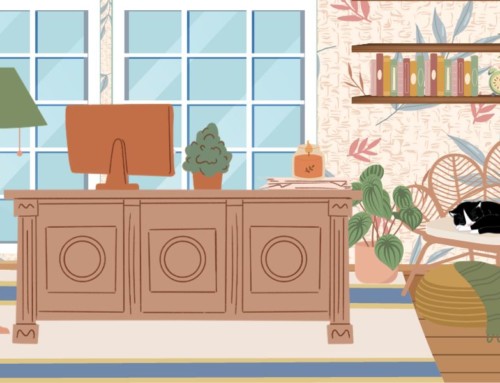
While your main plot is solely focused on your protagonist and his or her outcome, subplots serve as side stories to the main plot and tend to focus on secondary characters. Subplots should not overpower the main plot, but instead, strengthen the story and more develop the theme of your novel.
How to Write Subplots
While short stories or children’s books under 8,000 words rely on a basic, linear plot structure (one plot line), any story over 8,000 words should have one or more subplots (depending on the story’s length) woven into it.
Treat each subplot as a mini-story, meaning they need a beginning, middle, and end. It may be helpful to write subplots in a separate document and then incorporate them into your main story file where they fit best. You can do this by using scene breaks or simply starting a new chapter. Or, as you write your main story, you can leave notes in brackets for yourself to mark where you’ll weave in subplots later. Both approaches ensure you have a full story for each subplot and allows them to be woven seamlessly into your main story.
Since subplots help to move the story along through the dreaded middle zone, introduce subplots around the 30% mark of your novel. If you have more than one subplot to introduce, make sure you are weaving each of them into your main story in a way that doesn’t overwhelm the reader and cause them to forget the focus of the main plot altogether.
Your subplots will need to start moving toward resolution or be fully resolved in the 70% to 90% mark of your story. If a subplot runs parallel or mirrors the main plot (two characters running on a parallel storyline at different times, for example) then your subplot would need resolution at the same time as the main story’s climax.
Why Your Book Needs Subplots
Just as life does not run one storyline at a time, books should mirror the same complexities of life. Readers are accustomed to multiple things happening at the same time—many plates spinning in the air, so to speak—and subplots allow authors to challenge readers’ cognitive capabilities.
7 Reasons Why Your Book Needs a Subplot
Now, that you have a basic understanding of why your book needs subplots, let’s take a deeper look. Subplots can:
1. Put secondary characters in the spotlight
Subplots allow you to put your secondary characters to work. Readers are able to see which characters are working for or against the protagonist in the main plot.
2. Provide relief to story tension
A more light-hearted subplot can subdue the tension of the main plotline.
3. Increase the story’s tension
Subplots can also further build a story’s tension by revealing a villain in the story or detail mounting obstacles the protagonist will eventually run into.
4. Pave the way for a series
What starts as a subplot in one book can lead to/expand to the main plot in the next book of your series.
5. Speed up or slow down pacing
Subplots give you more control over the pacing of your novel. If you need to slow down the pacing in your book, introduce a new subplot that will take time to build tension. When you need to speed up the pace of your book, reaching the climax of a subplot’s story arc can do that. Essentially, subplots create the roller coaster feeling readers experience as they read.
6. Reveal unknown information to characters or readers
Oftentimes, the narrator’s point of view can leave holes—both on purpose and unintended—for readers. Subplots allow authors to convey information to a certain character, and even the reader, without sharing that information with the protagonist. This tactic helps move the story forward and also builds tension.
7. Tie in a moral lesson
The best way to include a moral lesson in your writing is to do so in a way that the reader doesn’t see it happening. Subplots allow writers to convey deeper points to readers without beating the message over their heads.
Working on a novel or some other type of book and looking for more writing tips? Follow us on Instagram for more advice.
Discover more from Mill City Press
Subscribe to get the latest posts sent to your email.













Leave A Comment